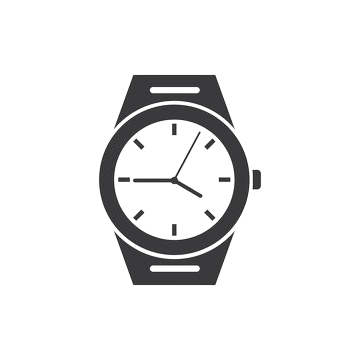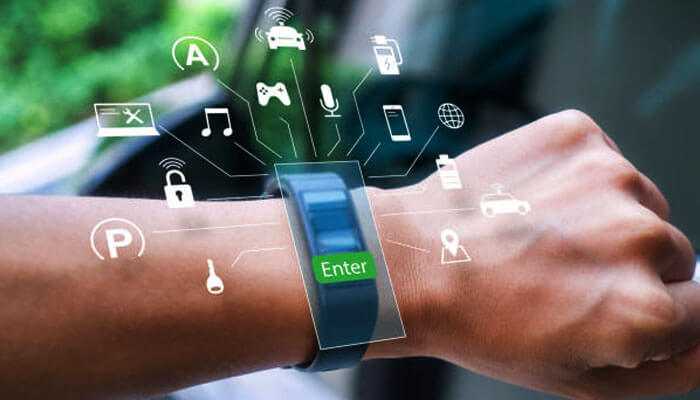The Internet of Things (IoT) has reshaped numerous aspects of our lives, from smart homes to connected cars, and its influence on wearable technology—especially smartwatches—has been profound. As smartwatches evolve, the integration of IoT technology is enhancing their functionality and significantly improving user experiences. This article explores how IoT is transforming smartwatches and what it means for users.
The Evolution of Smartwatches
Smartwatches initially served as extensions of smartphones, offering notifications, calls, and fitness tracking. However, the advent of IoT has expanded their capabilities beyond simple notifications and fitness metrics. Now, these devices can seamlessly connect with a vast array of smart devices, creating a more integrated and interactive ecosystem.
Key Impacts of IoT on Smartwatch Functionality
1. Enhanced Connectivity
With IoT, smartwatches can communicate with various smart devices in real-time. This allows users to control their smart home systems directly from their wrists. Imagine turning off lights, adjusting the thermostat, or even managing home security, all through simple commands or taps on your smartwatch.
2. Advanced Health Monitoring
IoT technology has significantly improved health tracking features in smartwatches. Beyond heart rate monitoring, users can now access metrics such as blood oxygen levels, sleep quality, and stress levels. These features rely on connected sensors that analyze data continuously, providing users with insights and alerts about their health in real time. This proactive approach can lead to better health management and preventive care.
3. Seamless Integration with Wearable Ecosystems
IoT allows smartwatches to integrate seamlessly with other wearables, such as fitness trackers and smart clothing. This interconnectedness enhances the user experience by providing a holistic view of health and activity. For example, a smartwatch can collect data from a fitness tracker to offer more comprehensive fitness analytics, enabling users to monitor their progress across multiple devices.
4. Personalized Experiences
The data collected through IoT connections enables smartwatches to offer personalized experiences tailored to individual preferences and behaviors. For instance, smartwatches can learn a user’s routine and suggest reminders, workouts, or even meals based on their activity patterns. This level of personalization enhances user engagement and satisfaction.
5. Real-Time Notifications and Alerts
IoT enhances the ability of smartwatches to deliver timely and relevant notifications. Whether it’s a weather alert, a reminder for a scheduled meeting, or an alert from a connected device, users can receive real-time updates without needing to check their phones. This convenience keeps users informed and connected at all times.
6. Improved Navigation and Location Services
Smartwatches equipped with IoT capabilities can leverage location data more effectively. Users can receive turn-by-turn navigation instructions directly on their wrist, making it easier to navigate without glancing at their phones. Furthermore, IoT integration allows for features like geofencing, which can trigger actions based on a user’s location, such as reminders when arriving at specific places.
Enhancing User Experience
The integration of IoT into smartwatches doesn’t just improve functionality; it also enhances the overall user experience in several ways:
1. Intuitive Interactions
The increased connectivity provided by IoT allows for more intuitive interactions. Users can control various devices with simple gestures or voice commands, making technology feel more accessible and user-friendly.
2. Greater Autonomy
With IoT-enabled smartwatches, users gain greater autonomy over their devices and environments. The ability to manage multiple smart devices from a single interface empowers users to create customized experiences that fit their lifestyles.
3. Reduced Device Dependency
As smartwatches take on more responsibilities—such as controlling smart home devices or monitoring health metrics—users may find themselves relying less on their smartphones. This shift can simplify daily life, allowing for more streamlined interactions.
4. Enhanced Security and Safety Features
IoT integration also enhances the security capabilities of smartwatches. Features such as remote locking of devices, alerts for unusual activity, and emergency contacts can significantly improve user safety. Furthermore, health-related alerts can notify users of critical changes in their health data, potentially saving lives.
Challenges and Considerations
While the benefits of IoT integration in smartwatches are substantial, there are challenges to address. Data privacy and security are paramount concerns, as increased connectivity can expose users to potential cyber threats. Manufacturers must prioritize robust security measures to protect sensitive information.
The Future of Smartwatches
As IoT technology continues to evolve, so too will the capabilities of smartwatches. Future advancements may include enhanced AI-driven personalization, improved battery life, and even more sophisticated health monitoring features. The potential for smartwatches to act as central hubs in a user’s IoT ecosystem is immense, promising an even more connected and convenient future.
In conclusion, the impact of IoT on smartwatch functionality and user experience is transformative. By enhancing connectivity, personalization, and functionality, IoT is not only making smartwatches more powerful tools but also enriching the lives of users in meaningful ways. As this technology progresses, the smartwatch is poised to become an indispensable part of our daily lives.



